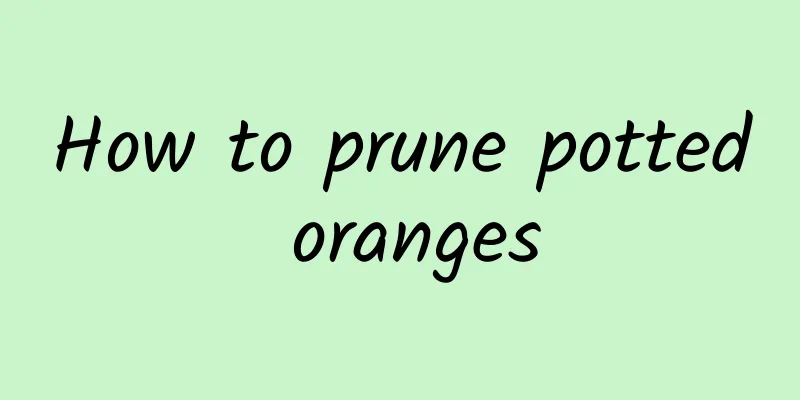How to prevent hibiscus flowers from falling buds and leaves in autumn and winter

How to prevent hibiscus flowers from dropping buds and leaves in autumn and winterReasonable temperature and sufficient lightJudging from the growth habits of hibiscus, hibiscus likes a sunny, warm and humid growing environment and is not resistant to cold and frost. Generally, around the autumnal equinox, it can be moved into a well-ventilated sunny place indoors. During the winter, maintain a temperature of around 15-22℃. If it is lower than 10℃, coupled with the large temperature difference between day and night, it will often cause all the new and old leaves to fall off. If it is lower than 5℃, it will be affected by frost. Excessively high temperatures can also cause branches and leaves to grow too tall and consume nutrients. Hibiscus is a positive plant and needs about 4 hours of sunlight in winter. Insufficient sunlight will cause the flower buds to wilt and the leaves to turn yellow and fall off. You can choose to move it outdoors to get more sun at noon when the wind is warm and the sun is shining. Ensure adequate hydrationGenerally, it is sufficient to keep the humidity of the potting soil at about 30%, and you can spray the leaves with clean water every 3-5 days. Adhere to the principle of "don't water unless the soil is dry, and water thoroughly when you do." Avoid too much water, otherwise the roots will easily rot, which will not only cause leaf fall, but in severe cases may lead to plant death. Ensure adequate fertilizationAccording to the characteristics of hibiscus that it likes fertilizer, it is necessary to regularly apply chicken and duck manure, decomposed cake fertilizer water, bone meal and other liquid fertilizers to promote its flowers to be larger, more numerous and have a longer flowering period. After autumn, apply more phosphorus and potassium fertilizers and stop applying nitrogen fertilizers. Before bringing the plants indoors, it is best to spray 0.2% potassium dihydrogen phosphate 2-3 times to effectively prevent buds and leaves from falling. Fertilization is generally stopped in winter. If the room temperature, light and other conditions are suitable for flowering, you can apply an appropriate amount of dilute liquid fertilizer. If the nutrition is rich, the plant will continue to grow vigorously and may bloom as usual. TrimHibiscus is resistant to pruning and easy to sprout. Before bringing the plant indoors, you should cut off the overgrown branches, sick and weak branches, and inner branches in combination with shaping to reduce the consumption of nutrients. In northern regions, heavy pruning is required to ensure more sprouts and flowers in the following year. |
<<: What to do if Osmanthus fragrans does not bloom
>>: Common problems in summer plum maintenance
Recommend
How many years does it take for oranges to bear fruit?
Introduction to Orange Planting Oranges prefer wa...
Spring orchid varieties
1. Circle Petal type: plum petal History: Selecte...
Introduction to the types of creepers
Introduction Ivy: Parthenocissus genus, Vitaceae,...
When to plant spinach?
Spinach can tolerate lower temperatures and has a...
Give the flowers some beauty medicine, so that their leaves won’t turn yellow and their roots won’t rot, and they will bloom continuously in autumn and winter!
Feed the flowers some Chinese medicine, and their...
How to propagate pansy succulents and what to pay attention to
Pansy succulent propagation method The main ways ...
How to care for the Dingdangjin succulent and what kind of soil is best for planting it
Dingdangjin is a red lotus bridal variety with lo...
What is the function of firecracker flowers
The ornamental effect of firecracker flower The f...
What fertilizer should be used for Christmas cactus? Can sheep manure be used?
1. What fertilizer to use for fertilization 1. Gr...
How to cultivate cilantro
1. Maintenance methods 1. Temperature: Coriander ...
How to grow roses
Rose growing conditions Roses prefer a sunny grow...
The difference between Bauhinia and Bauhinia
The overall difference Bauhinia It is also called...
How to grow orchids to thrive
1. Fertilizer Although orchid mud is needed for p...
How to propagate Jacaranda
Classification of Jacaranda's propagation met...
Can potatoes be grown all year round? How many seasons can they be grown in a year?
The origin of potatoes is in the Andes Mountains ...









